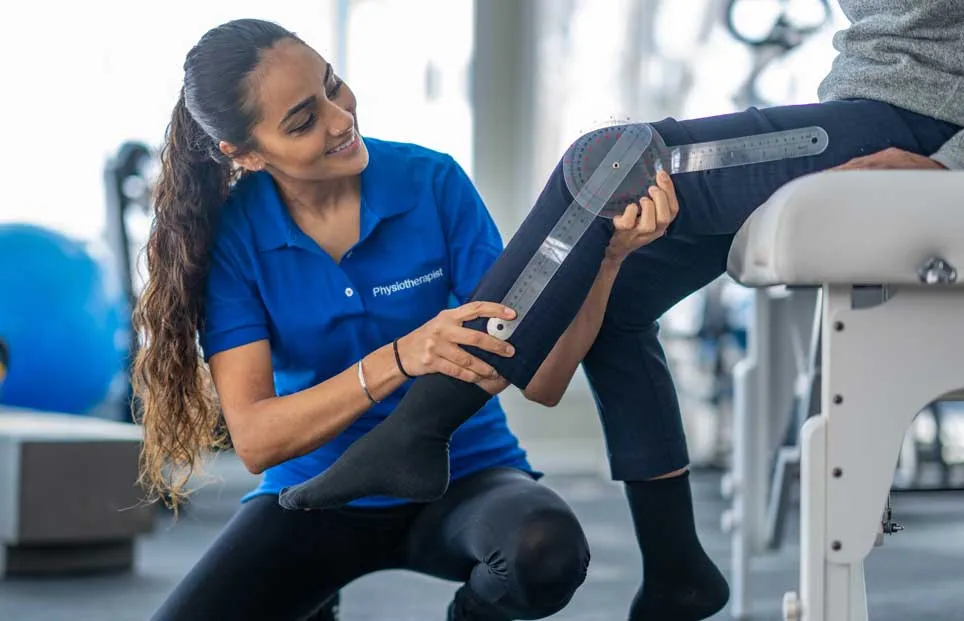Physical therapy after an operation typically starts with an evaluation by a certified physical therapist. This expert assesses the patient's condition, including their range of motion, strength, and pain levels. Based on this assessment, a personalized treatment plan is developed. This plan may include exercises to enhance flexibility, muscle-building to restore muscle, and methods to improve balance and stability. The therapist will lead the patient through these workouts, making sure they are executed safely and efficiently. This tailored approach helps patients progress at their own pace while addressing their specific needs.
One of the main advantages of rehabilitation is discomfort management. After the procedure, many patients feel pain or pain, which can hinder their ability to move and participate in daily activities. Physical therapists use different methods, such as hands-on therapy, treatments like heat or ice, and targeted exercises, to help reduce pain. By controlling pain efficiently, patients can engage more completely in their recovery exercises, leading to quicker recovery. Additionally, understanding how to control pain can enable patients to take an active role in their recovery process.

Another important aspect of rehabilitation is instruction. Patients are informed about their condition, the healing process, and the significance of following to their recovery program. This knowledge helps patients understand what to anticipate during healing and the role they have in their own healing. Physical therapists also provide advice on how to adjust daily tasks to avoid further injury and promote healing. This informative component encourages a sense of independence and confidence, allowing patients to feel more empowered of their healing journey.
In conclusion, physical therapy is an integral component of healing after surgery. It not only aids in bodily rehabilitation click to read more but also supports mental and emotional well-being. Through customized treatment plans, discomfort management techniques, and educational support, rehabilitation enables patients to take charge of their healing. By proactively participating in their rehabilitation, individuals can recover their strength, improve their movement, and enhance their overall quality of life. Accepting physical therapy after surgery can result to a positive and rewarding recovery experience.